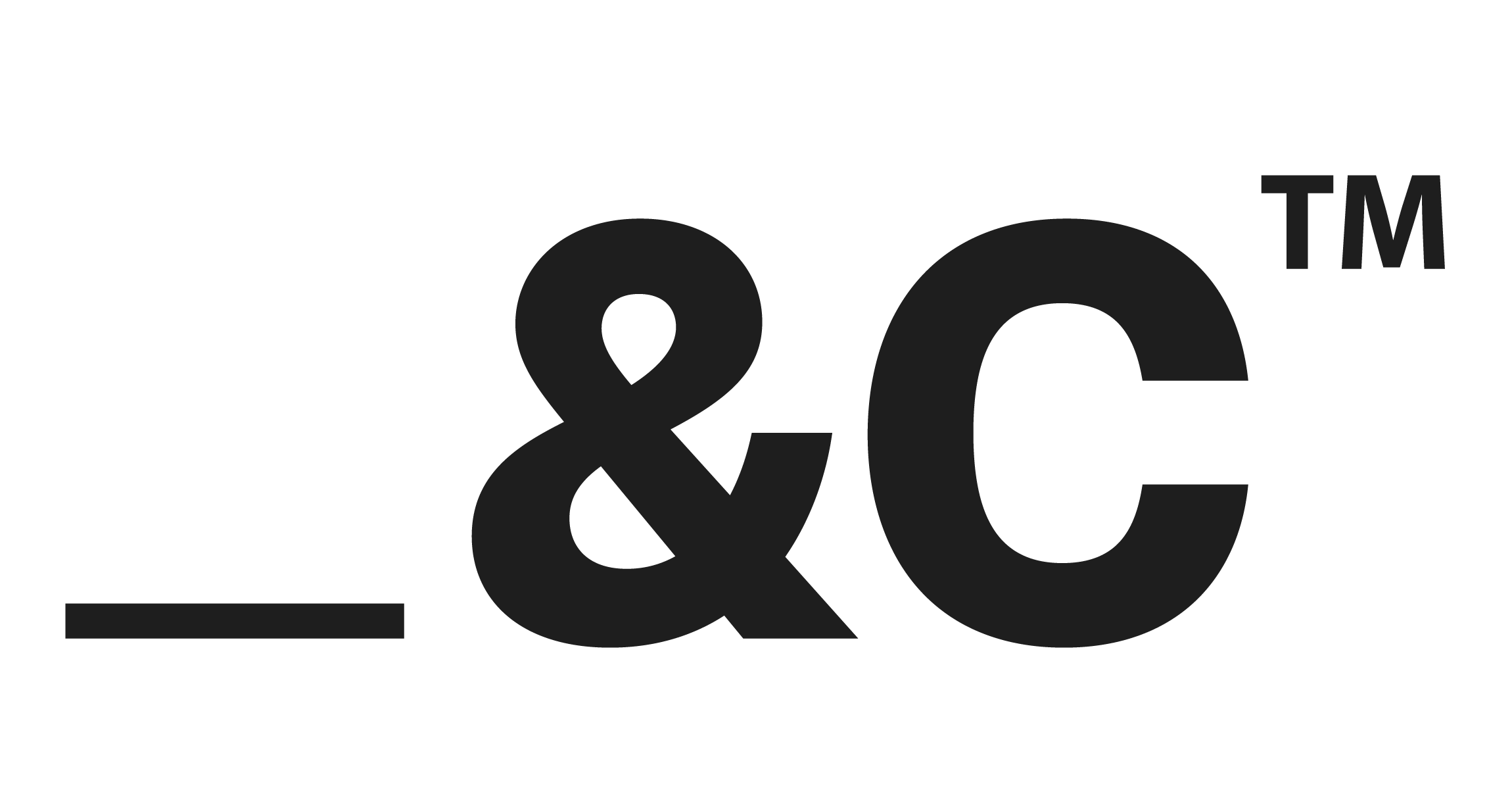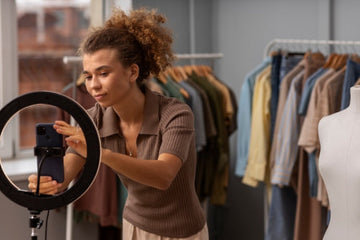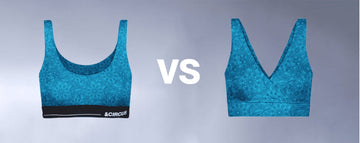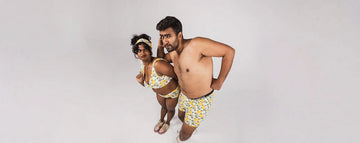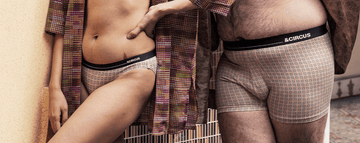varsha bIn the kaleidoscope of social media, where trends flicker and fade, a new force is reshaping the fashion landscape: influencers. These digital trailblazers, once sidelined by the elite world of haute couture, now command front-row seats at fashion's evolution, championing sustainability, inclusivity, and ethical consumption. On platforms like Instagram, TikTok, and YouTube, they weave narratives that transcend mere aesthetics, urging followers to embrace conscious choices. For brands like AndCircus, a direct-to-consumer pioneer in eco-conscious, size-inclusive innerwear, influencers are not just collaborators they're catalysts for a movement. This seismic shift, driven by authenticity and amplified by technology, is redefining how we shop, think, and feel about fashion.
The data underscores the magnitude of this transformation. The global fashion influencer marketing market is forecast to reach $46.47 billion by 2031, propelled by a robust 32.5% compound annual growth rate (CAGR). North America, led by the United States, dominates with a 38% revenue share in 2023, thanks to a dynamic network of celebrities, macro-influencers, and micro-influencers catering to diverse audiences. Brands harness advanced tools like AI and analytics to sharpen campaigns and track returns, while the region's thriving e-commerce ecosystem magnifies the impact of influencer partnerships. Social media has become fashion's new runway, where ideas are born and trends take flight.
The Surge of Conscious Fashion
Today's consumers don't just want clothes they demand values. The appetite for sustainable, ethically produced apparel is surging, fueled by heightened awareness of fashion's environmental footprint. Influencers are the megaphone for this shift, spotlighting brands that prioritize organic fabrics, low-impact production, and fair labor practices. Their platforms make sustainability approachable, not dogmatic. According to TechSci Research, the global fashion influencer marketing market stood at $6.79 billion in 2024 and is projected to climb to $11.34 billion by 2030, growing at a 32.12% CAGR. This growth is driven by influencer's ability to craft tailored content that aligns with follower's preferences, fostering deeper engagement and trust.
The body-positive movement is another game-changer, dismantling fashion's outdated beauty ideals. Influencers celebrate diverse body types, sizes, and skin tones, pushing brands to expand representation. On TikTok, creators flaunt curve-embracing innerwear with infectious confidence, while Instagram brims with posts advocating for inclusive sizing. This cultural shift has economic weight: in 2024, the fashion and lifestyle segment led the influencer marketing platform market, capturing a 32% share of the search and discovery category, per Grand View Research.
Circular fashion embracing secondhand, vintage, and upcycled clothing is also gaining traction, thanks to influencer advocacy. Thrift hauls and upcycling tutorials dominate social media, challenging the disposability of fast fashion. Influencers transform preloved pieces into high-style statements, inspiring followers to shop smarter. This ethos dovetails with AndCircu's mission to craft sustainable, ethically produced innerwear, proving that conscious fashion can be both stylish and attainable.
Influencers as Change Agents
Beyond curated feeds, influencers are community builders. They partner with sustainable brands to promote eco-friendly innerwear, sharing not just products but the stories behind them think organic cotton fields and carbon-neutral logistics. Their transparency captivates followers craving authenticity. Polaris Market Research projects the fashion influencer marketing market to hit $47.36 billion by 2030, fueled by these partnerships that drive demand for apparel through compelling narratives.
Body-positive influencers are equally transformative. On Instagram, they share styling tips for inclusive innerwear, proving that confidence is universal. TikTok's bite-sized videos amplify this, with creators showcasing AndCircu's size-inclusive designs in relatable, uplifting content. These collaborations do more than move product they ignite discussions about self-acceptance and diversity, striking a chord with younger demographics.
Brands are reaping the rewards. Influencer partnerships deliver tangible results, from heightened engagement to robust sales. Grand View Research reports the global influencer marketing platform market at $25.44 billion in 2024, with a projected soar to $97.55 billion by 2030 at a 23.3% CAGR. The key? Authenticity. Influencers who embody a brand's values like AndCircu's commitment to sustainability and inclusivity forge lasting connections that breed loyalty.
Navigating the Pitfalls
Yet, the influencer landscape isn't without challenges. Greenwashing looms large, with some brands touting dubious sustainable claims, relying on influencers to polish their image. Consumers, increasingly discerning, demand proof, and skepticism abounds. A 2024 LinkedIn analysis highlights the hurdle of earning trust, as audiences scrutinize sustainability assertions.
Influencer fatigue is another risk. With feeds flooded by sponsored content, standing out is tougher than ever. Brands and influencers must innovate relentlessly to keep audiences engaged. Authenticity remains critical: Research and Markets predicts the market will reach $51.95 billion by 2030 at a 25.45% CAGR, but only brands that foster genuine connections will prevail. Influencers who seem overly scripted or sales-driven risk losing credibility, eroding the trust that defines their influence.
Seizing Opportunities
Despite these obstacles, the potential is vast. Influencer collaborations can propel brands like AndCircus into the limelight, particularly in the eco-conscious fashion niche. By partnering with creators who share their values, brands cultivate awareness and loyalty among sustainability-minded consumers. These partnerships double as educational platforms, demystifying topics like ethical labor and environmental impact in digestible, relatable ways.
The business case is compelling. Influencer campaigns drive online sales, boost engagement, and enhance brand visibility. North America's 29% revenue share in the influencer marketing platform market in 2024, per Grand View Research, reflects the region's enthusiasm for this strategy. For direct-to-consumer brands, influencers offer a direct conduit to audiences, sidestepping traditional retail barriers.
The Road Ahead
Industry leaders view influencers as fixtures in fashion's future. A 2024 LinkedIn report notes that influencers humanize brands, turning products into stories. As consumer priorities shift toward sustainability and inclusivity, influencers will remain vital, building trust through transparency and relatability.
The outlook is promising. With the fashion influencer marketing market on track for explosive growth, brands that prioritize authentic partnerships will lead the pack. For AndCircus, this means deepening ties with influencers who reflect their ethos of inclusivity and sustainability. The takeaway is unmistakable: in an era of fleeting fads, conscious fashion is enduring, and influencers are its torchbearers.
Next time you scroll past a thrift haul or a body-positive post, linger a moment. It's not just content it's a call to action. Brands, influencers, and consumers are co-authoring fashion's next chapter, one post, one share, one mindful choice at a time.
Disclaimer: The above helpful resources content contains personal opinions and experiences. The information provided is for general knowledge and does not constitute professional advice.
You may also be interested in: Role of the Fashion Industry in Shaping Body Image
Uncomfortable underwear shouldn't steal your confidence. At Andcircus, we craft ultra-soft, sustainable Lenzing Modal Micro innerwear for every body, XS to 5XL. From briefs to bras, our custom packs fit you perfectly. Shop risk-free with our 100% satisfaction guarantee and embrace comfort that includes everyone. #LoveEveryBody. Shop Now!


